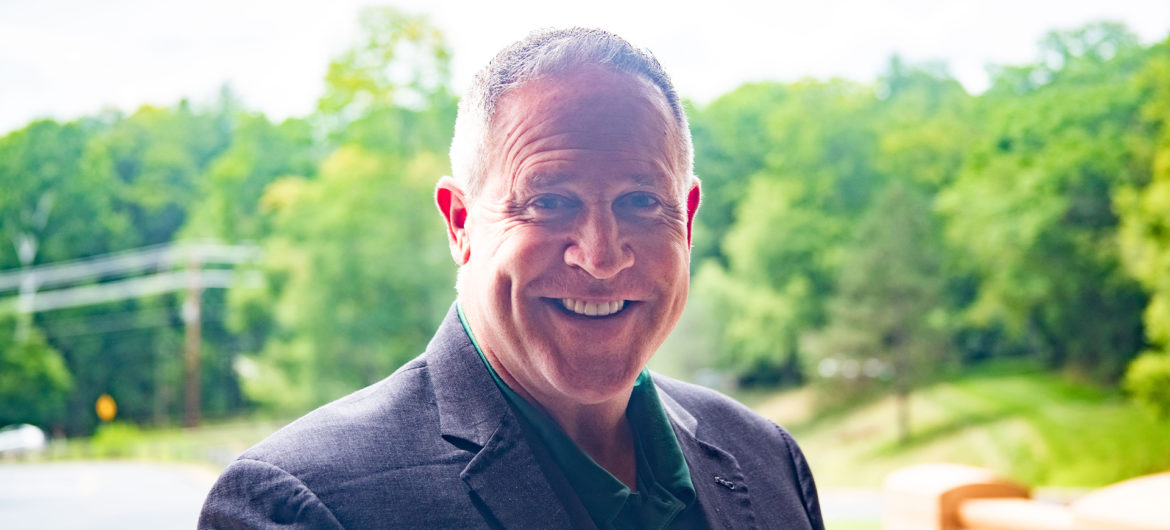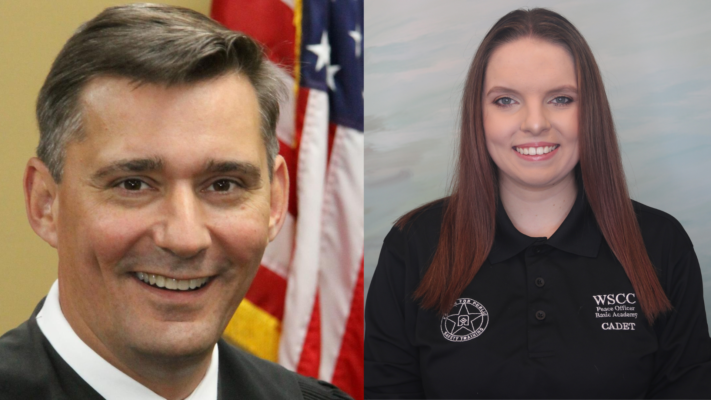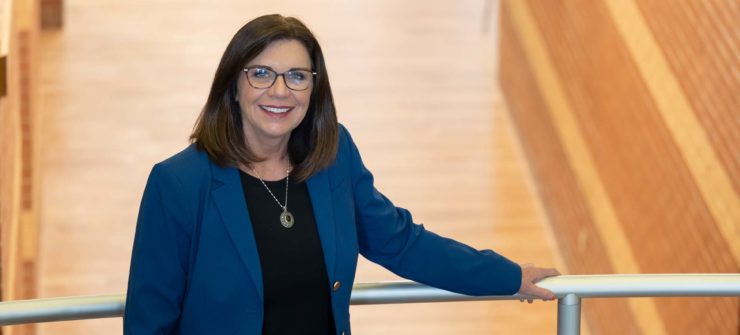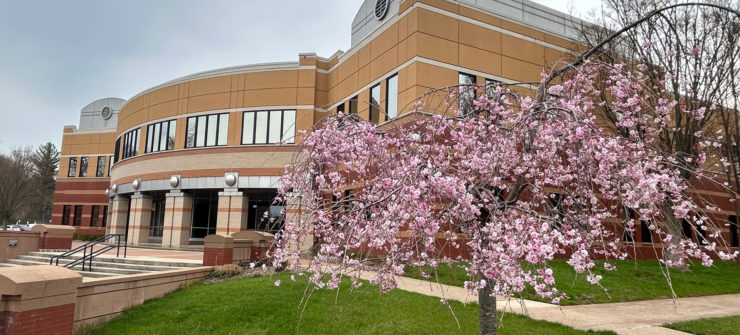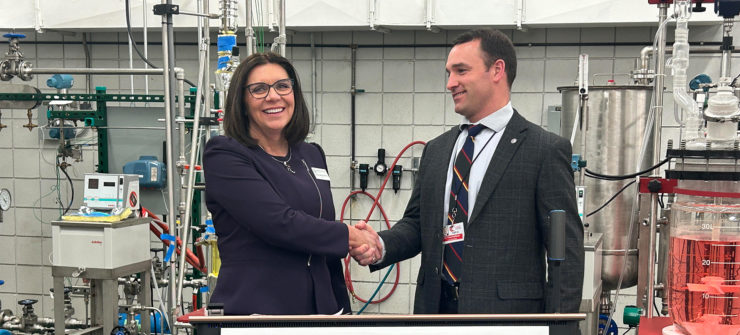MARIETTA, OHIO—Gary Barber is the new Director of Workforce Development and Partnerships at Washington State College of Ohio (WSCO). His plan, to strengthen the Mid-Ohio Valley’s workforce aligns with the long-standing purpose of the position; however, his approach will capitalize on his experience with school-aged students as well as his ability to connect community, industry, and education to enhance opportunities for adult learners.
Barber brings a vast amount of experience to the position. He has worked with the Ohio Department of Education to enhance career and technical pathway opportunities for Ohio’s high school students, including leveraging College Credit Plus to support early college opportunities. His experience also includes serving as a K-12 Superintendent where he implemented career technical programs and pathways. “I truly believe students need to be prepared for a career, college, or the military before they graduate high school. I look forward to working with education partners to strengthen pathways and to connect students and employers,” said Barber.
He explained that the first vision for this position is to work closely with area K-12 schools to develop stackable pathways, which are credentials that are acquired throughout a student’s academic journey toward a college degree. He described these credentials as a type of career insurance.
“When a student doesn’t complete college for whatever reason and life happens, they return to their community with debt and are often underemployed or unemployed. So along the way, this pathway of stackable credentials is critical. If a student doesn’t end up finishing a college degree, they will still have credentials that make them employable,” he explained.
Barber said his goal, through WSCO’s alignment with the K-12 system, is to help students and their parents broaden their perspectives about what it means to earn an associates or bachelor’s degree. “There’s a journey along the way and with that journey, there’re different exit ramps and on-ramps for that to happen, but there has to be a linear path for stackable credentials. Because education never really stops from that perspective.”
He said his second vision for his position is to increase support for adult students, through incumbent worker training as well as retraining of displaced workers. He explained that the retraining of adults is of paramount importance in the light of the current state of the economy. “With the unemployment spike, and with the way the world has changed, there are folks who need to do something different. We have a mission to improve the lives of adults in our community by providing them with the education and training they need to be competitive in this new market.”
According to Barber, it will be important, especially with adult learners, to be mindful of the time it takes to earn credentials. He plans to look at the credentials offered by WSCO and determine if some of the training can be delivered in a shorter term, citing, “We need to get people to work quicker.” Factors he will be considering include new ways for students to do coursework on their own time as well as test-out options based on competency.
The institution recently changed the way it supported local employers through incumbent worker training by providing tailor-made training programs that develop worker competencies specific to their industry.
Barber explained that as more manufacturing companies step away from their reliance on accomplishing tasks manually, he plans to expand this training to help companies make the transition to automation. He said this change is inevitable and likened it to the evolution of cell phones. “As the cell phone industry has moved away from flip phones to smartphones, so industry will transition to automation.”
With his ability to connect community, industry, and education, Barber has built important partnerships with businesses and institutions of higher education to establish a sustainable pipeline of skilled graduates for the workforce. As the workforce development consultant, he will work in tandem with the Dean of Technology and Transfer, as well as the faculty to transform Washington State into a regional hub for innovation and continue our collaborative efforts to respond to local workforce needs.
Included high among his priorities is the launch of the institution’s new robotics and advanced manufacturing center. Barber said he will be working closely with local industry leaders to identify the high-demand jobs of today and the future. “My role is to ensure that the credentials and certifications that our students will graduate with will be relevant to our region.”
He explained that the new center will focus on Industry 4.0, which integrates the Internet of Things (IoT) with automation and manufacturing. “As we take a look at anything related to efficiency, identifying issues or problems with specific processes, IoT will allow a process to be monitored, evaluated, and diagnosed in real time through technology.”
The scope of the new robotics and advanced manufacturing center will encompass a range of programs including Robotics & Mechatronics, Electrical Engineering, Mechanical Engineering, Industrial Technology, Computer Information Systems, and Cyber Security. It will also provide certification training based on industry need.
Barber said long-term, his vision will encompass the Mid-Ohio Valley’s ever-growing health field and how he can expand WSCO’s curriculum, which currently includes seven health programs: associate degree nursing, practical nursing, respiratory therapy, radiological technology, medical laboratory technology, physical therapist assistant, and massage therapy.
